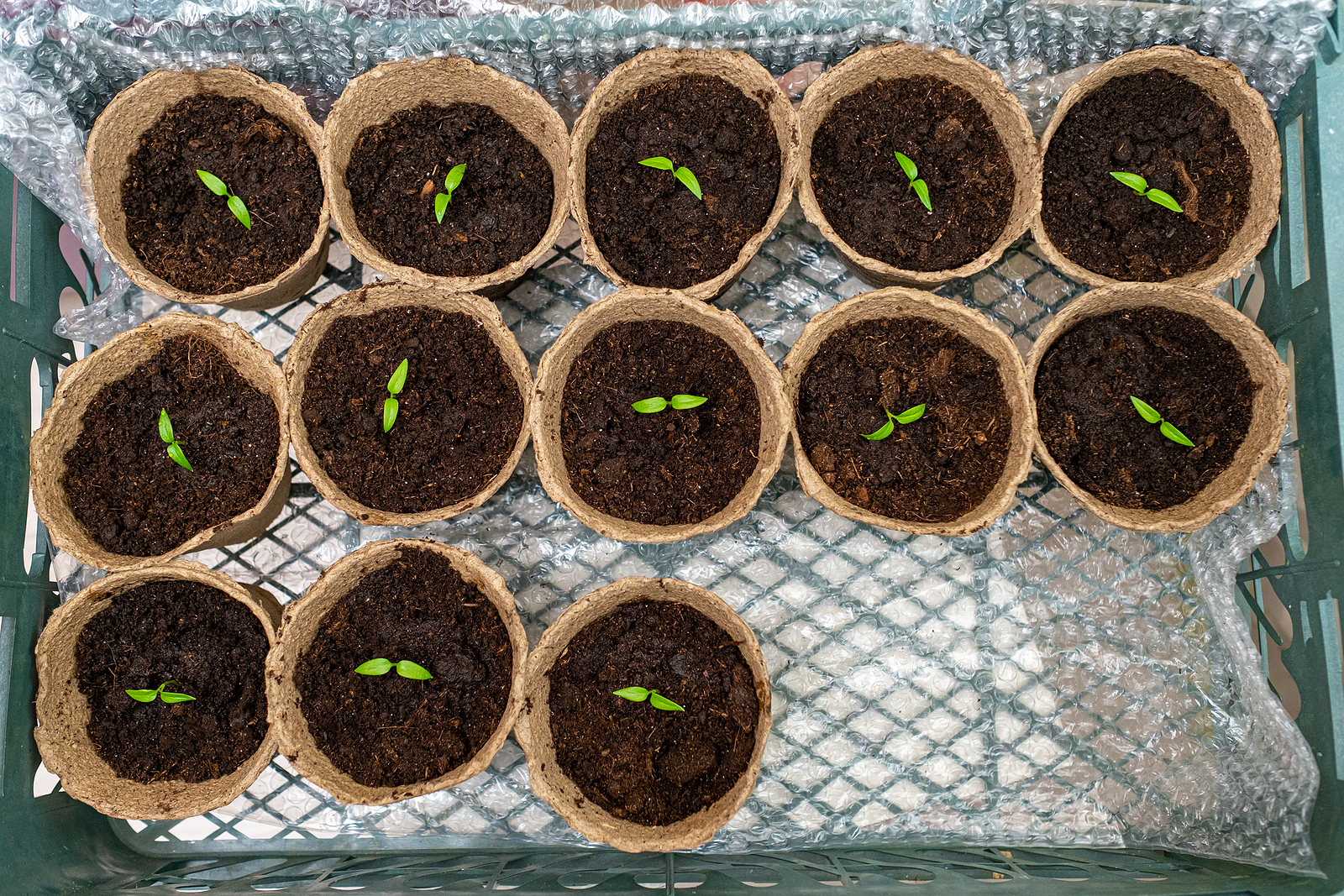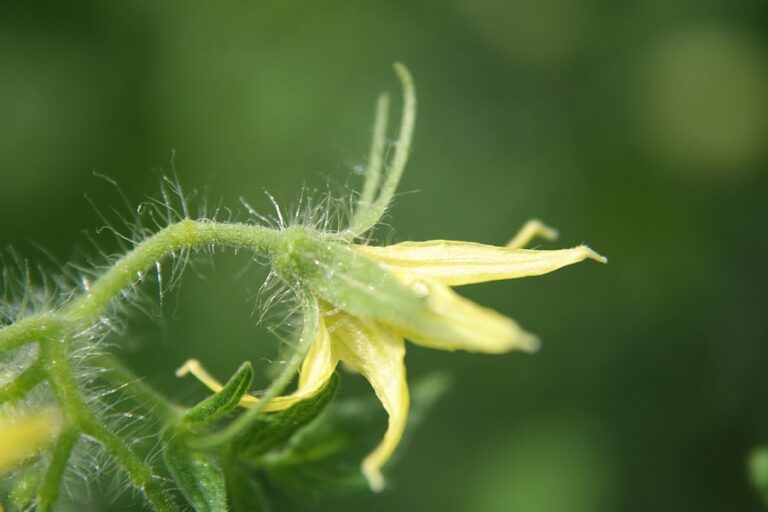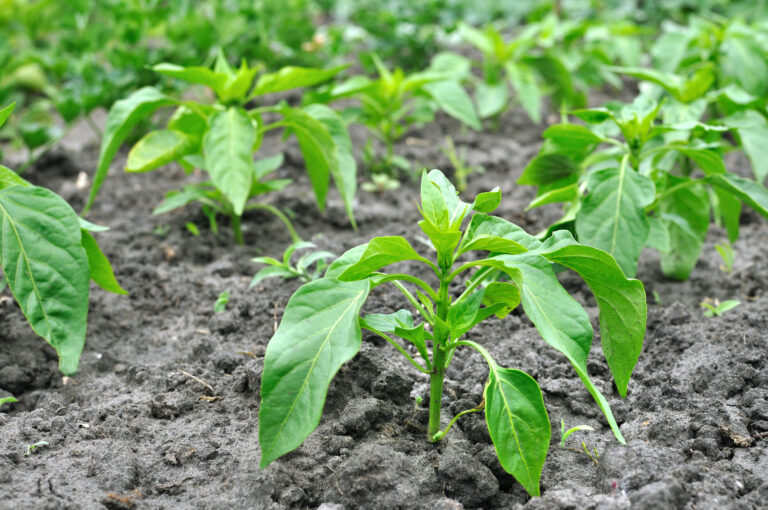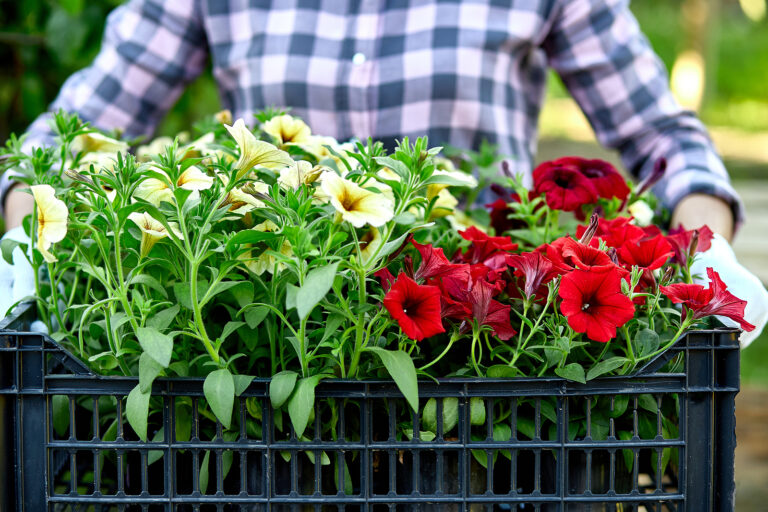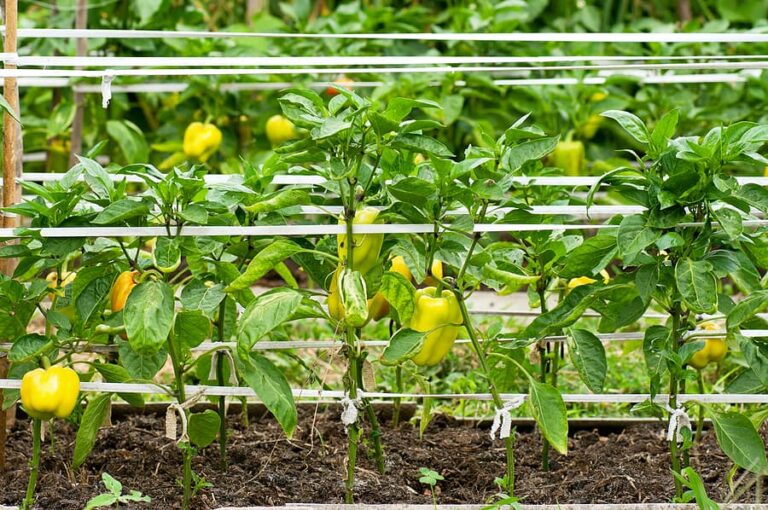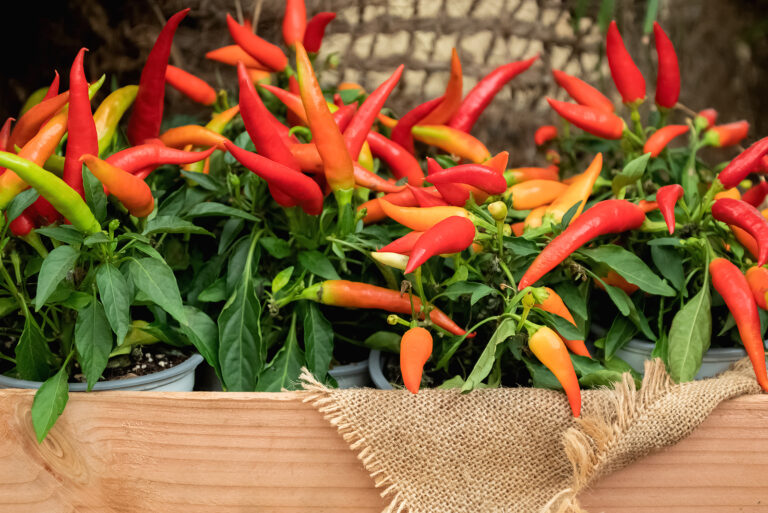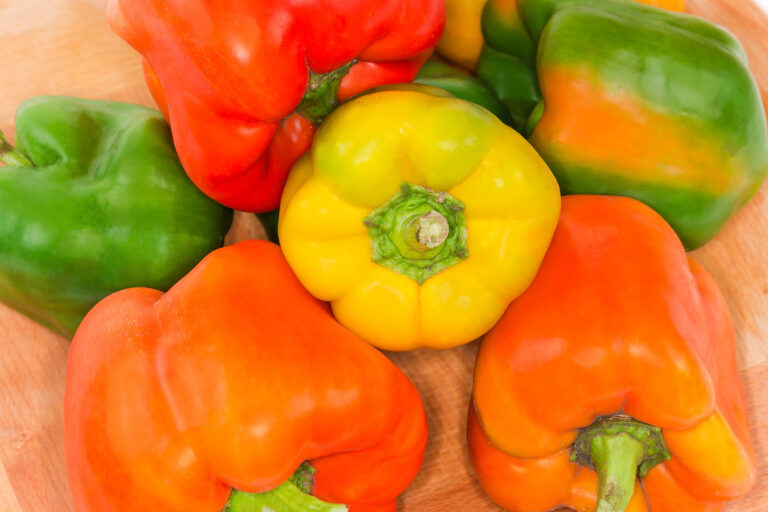Saving Pepper Seeds for Next Year’s Crop
One of the most rewarding parts of growing peppers is saving seeds from your favorite plants to grow again next season. Not only does this save money, but it also allows you to preserve varieties that thrive in your unique garden conditions.
In this guide, I’ll share step-by-step instructions for collecting, drying, and storing pepper seeds, based on gardening expertise and real-world experience.
Why Save Pepper Seeds?
- 💰 Cost-effective: No need to buy new seeds each year.
- 🌿 Adaptation: Seeds saved from healthy plants gradually adapt to your soil and climate.
- 🌶 Preservation: Keep unique heirloom or rare varieties alive.
- 🪴 Satisfaction: Growing a full crop from your own seed stock is deeply rewarding.
Step 1: Choose the Right Plants
- Select open-pollinated or heirloom varieties for reliable results.
- Hybrid seeds (F1) won’t grow true to type.
- Choose healthy, vigorous plants free of disease or pest damage.
- Pick fully mature peppers—ripe fruits produce the best-quality seeds.
👉 For hot peppers, remember that cross-pollination is common. If you grow multiple varieties close together, seeds may produce mixed results.
Step 2: Extracting the Seeds
- Cut the pepper open carefully.
- Scoop out seeds from the core and place them on a paper towel.
- Avoid washing seeds directly in water—it can start premature germination.
💡 Tip: Use gloves when handling hot peppers to avoid skin irritation.
Step 3: Drying the Seeds Properly
- Spread seeds in a single layer on a paper towel, coffee filter, or fine mesh screen.
- Keep them in a well-ventilated, dark location for 1–2 weeks.
- Seeds should feel hard and snap, not bend, when fully dry.
Step 4: Storing Pepper Seeds
- Place dried seeds in small paper envelopes or labeled glass jars.
- Store in a cool, dark, and dry location—ideally under 50°F (10°C).
- For long-term storage, refrigerate or freeze seeds in airtight containers with silica gel packets.
Properly stored seeds can remain viable for 3–5 years.
Step 5: Testing Seed Viability
Before planting next season, test germination:
- Place 10 seeds between moist paper towels.
- Keep warm (75–80°F / 24–27°C).
- After 7–14 days, count how many sprout.
A germination rate above 70% means your seeds are ready to use.
Experience-Based Insight
In my own seed-saving, I’ve noticed peppers from plants grown in nutrient-rich soil with consistent watering tend to produce the strongest, most viable seeds. Patience during drying is key—seeds stored with even a hint of moisture can mold quickly.
Final Thoughts
Saving pepper seeds is an easy, cost-effective way to continue growing your favorite varieties year after year. With proper selection, drying, and storage, your seeds will stay viable and ready to produce strong, healthy plants for seasons to come.
🌶 Peppers Growing Hub
Start here:
- How to Plant and Grow Hot Peppers: A Gardener’s Guide to Spicy Success
- How to Grow Sweet Peppers: A Gardener’s Guide to a Bountiful Harvest
Getting Peppers Started (general prep)
- Seed Starting Peppers: Proven Method for Strong, Healthy Plants
- Soil Preparation for Peppers: The Secret to Strong Roots and Big Harvests
- Best Hot Pepper Varieties to Grow for Salsas, Sauces, and Drying
- Best Sweet Pepper Varieties to Grow
- World’s Hottest Peppers You Can Grow in Your Garden
- The Science of Pepper Heat: Understanding Scoville Units
- Growing Peppers Indoors Under Lights
- Companion Planting with Peppers: Best and Worst Neighbors in the Garden
Planting & Growing Peppers
- When and How to Transplant Pepper Seedlings Outdoors
- 10 Steps to Grow a Bumper Pepper Crops
- How to Grow Hot Peppers in Containers: Tips for Small Spaces
- 7 Tips for Growing Peppers in Pots
- How to Grow Colored Bell Peppers: How to Get Reds, Yellows, and Oranges
- Cross-Breeding Hot Peppers at Home: A Beginner’s Guide
- How to Water & Fertilize Sweet Bell Peppers for Maximum Yield
- Pruning Pepper Plants for Healthier Growth and Bigger Harvests
- Six Tips to Grow Peppers for Flavor
- Pepper Season Extension & Overwintering: How to Keep Plants Producing Longer
Pepper Care & Troubleshooting
- Pepper Pests, Diseases, and Problems—How to Fix Them Naturally
- Caring for Peppers: Mid-Season Problem Cures
- How to Increase the Heat of Hot Peppers Naturally
- Overwintering Pepper Plants Indoors
- How to Overwinter Pepper Plants in Any USDA Zone
Harvesting & Preserving Peppers
- When to Harvest Hot Peppers for Maximum Heat
- How to Harvest Sweet Peppers for the Best Flavor
- How to Preserve Hot Peppers: Drying, Fermenting & Pickling
- How to Ripen Green Peppers Indoors
- Saving Pepper Seeds for Next Year’s Crop
Cooking & Using Peppers
- Preparing and Serving Sweet Peppers – Harvest to Table
- Five Ways to Cook and Serve Chili Peppers
- Stuffed Peppers: Best Varieties for Cooking
- Cooking with Hot Peppers: Flavor & Safety Tips
- How to Handle Hot Peppers Without Burning Your Skin

